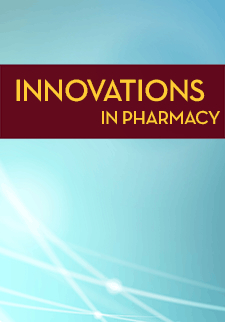Influenza Vaccination Rates, Perceptions, and Vaccine Hesitancy in K-12 Teachers and Staff
Kevin Cleveland
Idaho State University L.S. Skaggs College of Pharmacy
https://orcid.org/0000-0001-7398-6892
Kathy Eroschenko
Dalys Davenport
Idaho State University L.S. Skaggs College of Pharmacy
https://orcid.org/0009-0000-6792-955X
Elaine Nguyen
Idaho State University L.S. Skaggs College of Pharmacy
https://orcid.org/0000-0001-6695-3187
DOI: https://doi.org/10.24926/iip.v16i1.6302
Keywords: School Health, Influenza, Vaccination Hesitancy
Abstract
BACKGROUND: Vaccination misinformation can contribute to vaccine hesitancy and decreased vaccination. Previous immunization events at various K-12 schools carried out by Idaho State University L.S. Skaggs College of Pharmacy have noticed a small turn out of teachers and staff getting immunized during these events. Given the prominent role that teachers/staff serve in communities, we surveyed K-12 teachers and staff to determine their perceptions, knowledge, and reasons surrounding vaccine hesitancy. Our survey focused on the influenza vaccine, but also inquired about vaccine knowledge in general.
METHODS: A Qualtrics survey was distributed online throughout the West Ada School District, located in southwestern Idaho. Demographics, receipt of vaccine, influenza vaccination motivation, knowledge and reasons for hesitancy were collected. Surveys were distributed July 2020 and analyzed using descriptive statistics. Response differences between those who most recently received their influenza vaccine and those who did not were also compared using chi-square or Mann-Whitney U tests when appropriate.
RESULTS: A total of 503 surveys were completed, with all respondents college educated and teaching throughout the K-12 curriculum. A majority of respondents (n=409;81%) received a yearly influenza vaccination. Reasons for vaccination included: avoidance of flu, reduction of spread, and prevention of complications. Reasons against vaccination included: lack of efficacy, side effects, and numerous “other” responses. When comparing general influenza vaccine knowledge between those who received their influenza vaccine vs. those that did not, those who had been vaccinated displayed responses that more closely coincided with scientific data.
CONCLUSIONS: The majority of surveyed K-12 teachers/staff received their influenza vaccine during the 2019-2020 season. However, ~20% of teachers/staff are still hesitant due to misinformation regarding vaccinations. Resources and partnerships between health organizations and school districts may increase vaccine acceptance.



